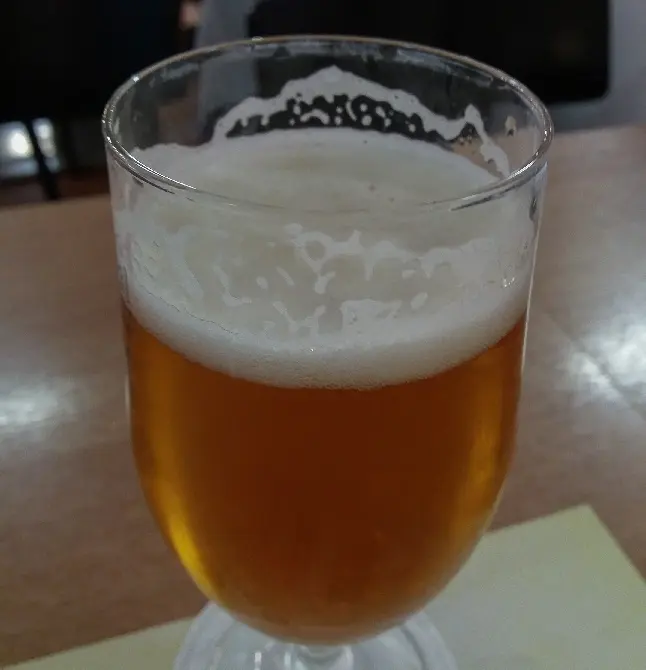The taste of this style strongly depends on the country of production: in the USA it is stronger, in Europe it is sweeter. Viennese lager is characterized by a complex malt bouquet, but today many producers use part of the unmalted raw materials, reducing the complexity and maltiness of the drink.
This international style, popular all over the world, is called Viennese because it was created in the capital of Austria in 1841. Paradoxically, it is almost no longer produced in Austria – the center of “Viennese lager brewing” has shifted to Mexico.
The palate is soft, round, bready, the finish is dry and clean. Hop aroma is weak or completely absent. Despite the strong “maltiness”, the bouquet should not have tones of caramel or toasted bread. There is bitterness in the aftertaste.
The color is amber, but not very dark, in the glass it forms a dense creamy foam. The production uses Vienna malt, Saaz or Styrian hops, optionally dark malt for coloring.
The style is similar to Märzen but contains slightly more hops and less malt. This is a relatively weak, light-bodied beer.

Strength: 4.7-5.5%.
Density: initial 1.048-1.055, final 1.010-1.014.
Bitterness Index: 18-30 IBU.
Color: 9-15 SRM.









